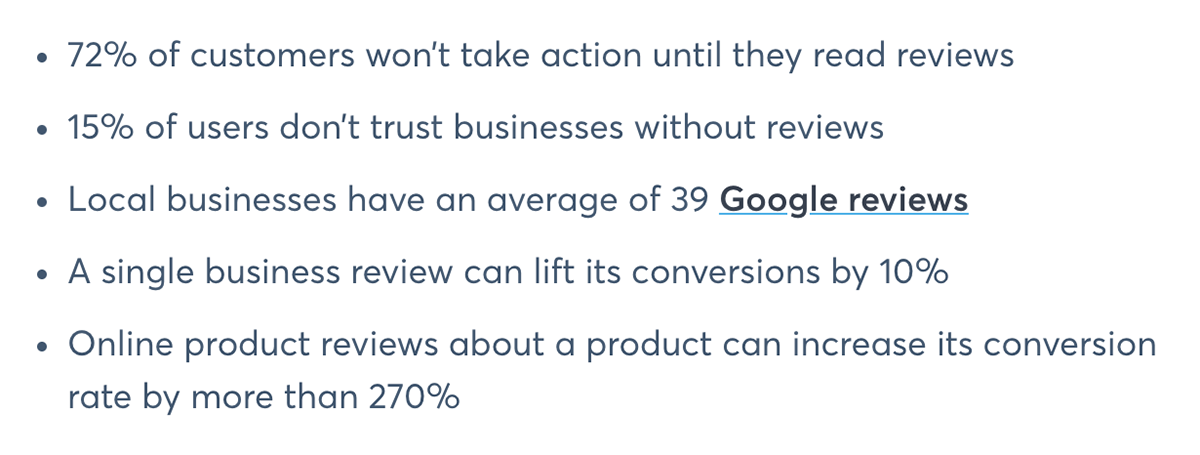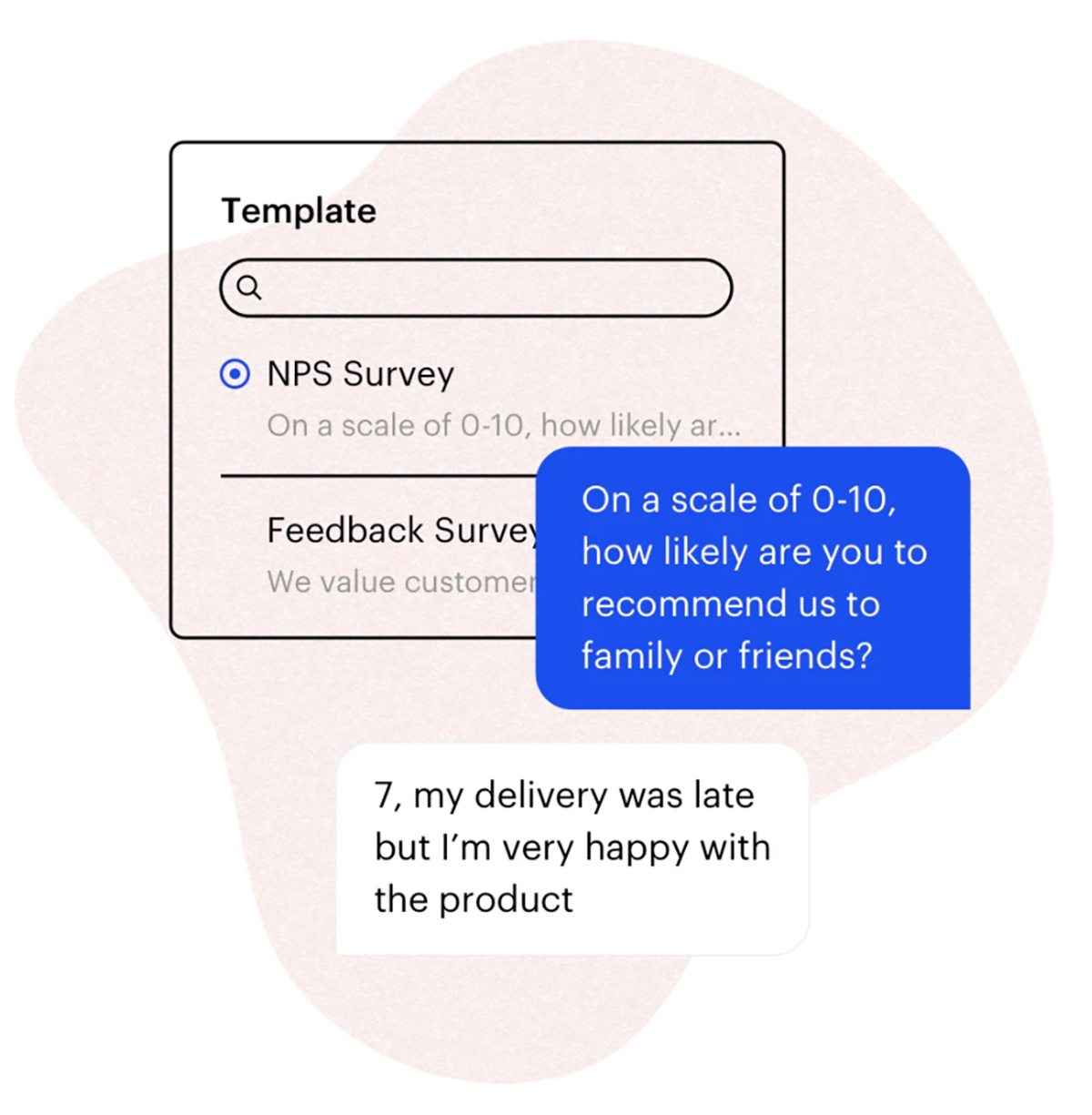7 Brand Reputation Management Tips for Success
No matter the size or industry of your business, brand reputation management should be a major concern. You want to ensure that your company is well-regarded by the public, as this helps ensure that you will retain customers and gain new ones. While you understand the importance of promoting your brand, it can be challenging to figure out how to do so.
To make it easier to manage your brand reputation, we’ve gathered the most important tips that you should follow.
What is brand reputation management?
Brand reputation management refers to when you pay attention to customer perceptions of your brand or business. It also includes taking action based on what you find, with the ultimate goal of improving and/or maintaining your brand’s reputation.
Traditionally, reputation management included in-person actions, such as giving newspaper interviews or holding press conferences. Now, the focus is much more heavily on your internet presence, specifically in terms of reviews, Google, and social media.
Best practices for brand reputation management.
With the idea of brand reputation management in mind, take a look at the most important elements of this type of reputation management that you should incorporate into your strategy.
#1 Online reputation management is half the battle.

As you create your reputation management strategy, you will quickly notice that half the battle, if not more, takes place online. It is not something that you can physically reach out and touch, but you need to be aware of its importance and address it.
Below we’ve gone into even greater detail on the best practices and tips for managing your online brand.
#2 Review Management
Review management involves more than just encouraging reviews. That is the first step of the process, but then you need to respond to reviews. Do so with both the positive and the negative ones.
You cannot underestimate the importance of having reviews, as 72% of potential customers won’t buy from you until they have looked at reviews. This means that if you don’t have reviews, they are less likely to view your business favorably. More importantly, if your reviews are overwhelmingly negative, they are likely to look somewhere else for the same products or services.
Positive reviews show others that your brand is reputable and encourage them to become your customers. Consider that 73% of consumers have more trust for a local business with more positive reviews. On the other hand, negative reviews turn potential customers away. Only 13% of consumers consider buying from businesses with just one or two stars in their reviews.
So, how do you manage your reviews? Start by encouraging customers to leave them. One great option is to text a reminder to leave a review or use an automated system like Podium to do so for you.
Then, take the time to read and respond to as many reviews as you can. In the case of negative reviews, see if the complaint is about something you can resolve. If you can, offer a solution right on the review platform and consider getting in touch with the customer directly. If it is simply a disgruntled customer with unrealistic expectations, feel free to respond with that. Remember that people will not only look at the reviews themselves but also your responses. Potential customers are more likely to buy from you even if you have negative reviews if you try to resolve them. This shows a high level of customer care.
#3 Surveys
As you look at the (hopefully rare) negative reviews you receive online, you might notice that some mention that you don’t have the ideal customer service setup. Others could mention that your products or services are not what the customers want.
You can overcome these obstacles by encouraging your customers to leave feedback. Directly using feedback tools can be helpful. You can also simply make sure that you have plenty of ways for customers to reach you with feedback, such as texting or webchat. Ensuring customers can easily reach you will also help reduce your negative reviews, boosting your online reputation.
If you can use the feedback to create customer testimonials or success stories, then that is even better.
#4 Focus on the customer experience.
One of the many reasons to encourage feedback from customers is to learn and improve your customer service. Delivering a great experience is essential to your online reputation. You want customers to be happy about their interactions with your company.
You already know that happy customers are more likely to continue buying from you, but what does that have to do with your reputation management? Satisfied customers are more likely to leave reviews. They are also more likely to recommend you to others, helping with your in-person brand management.
To create a positive customer experience that stands out from the crowd, try to personalize your message. You should also be sure to actually implement feedback from customers when it is possible to do so.
Even something as seemingly simple as sending out regular newsletters can help boost the customer experience by keeping you connected with your clients. Just make sure you offer an obvious way to get off the email list.
#5 Incorporate content marketing.

You may think of content marketing as just a way to bring traffic to your website or SEO, but it can do more than this. Content marketing can also be part of your brand reputation management.
There are a few elements to this. Start by creating content that is truly valuable to customers instead of content that pushes sales. This will show customers that you care about them and listened to the information they want to know. Customers will appreciate the fact that you are not pushy, and that will improve how they view your company.
On top of that, content marketing helps you develop a well-earned reputation as an industry authority that stays up to date with the latest information and industry developments. This reputation is crucial, as it will improve the level of trust that current and potential customers have in you. After all, they will see you as an expert in your field, and people prefer to work with experts.
#6 Claim your domains, etc.

It may not seem necessary, but you should take the time to claim your domains and name on all your various platforms. This is a preventative portion of brand reputation management, as it prevents others from using your name and creating a poor experience or spreading lies. If that happens, you may have an uphill battle trying to prove that it was not your brand. Even if you do prove that it was someone outside of the brand, the damage may already be done.
Start by making official accounts on all the major social media platforms, including Facebook, Instagram, Twitter, LinkedIn, Pinterest, Snapchat, TikTok, and anything else you can think of. You don’t necessarily have to create content right away. Your primary goal is to reserve the name so no one else takes it and impersonates your company.
Even having an empty profile on social media also clarifies that this is your brand’s official profile. That can help confusion if someone with an account name similar to that of your brand posts something that is embarrassing or inflammatory.
Ideally, you will keep your website and your social media updated, but you can focus on a few platforms that your audience is most likely to use.
#7 Don’t forget about employee satisfaction.

It is easy to overlook employee satisfaction when working on your brand reputation management, but this is a mistake. You want your employees to say good things about you online and to their friends and family, just like you want the same from customers.
If customers have positive things directly from employees in natural settings and conversations, they are more likely to use your company. After all, most people prefer to use a company that treats employees well over one that doesn’t.
There is also the fact that satisfied and engaged employees can perform up to 20% better. They are also more likely to become advocates for your brand and go above and beyond to help customers, delivering that great customer experience that boosts your reputation.
Conclusion – why brand reputation management is crucial to your business.
Simply put, having a strategy for brand reputation management helps ensure that your company appears in good light. You are more likely to attract and retain customers if you have a positive image online. If you do exceptionally well with your brand management, you may even develop the reputation of being an authoritative source of information or the go-to brand for your products.
You don’t have to take care of all aspects of your brand reputation management yourself. Use tools like Podium to stay in touch with customers, gather reviews, and encourage feedback. Remember that each of those things is a key part of building a great customer experience.









